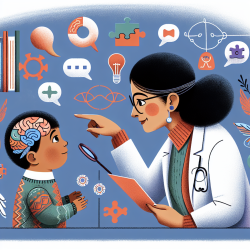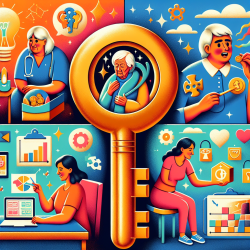Understanding Emotions: A Guide to Navigating Feelings
Emotions are an integral part of the human experience, influencing our thoughts, behaviors, and interactions. At TinyEYE, we understand the importance of recognizing and understanding emotions, especially in educational settings where students are developing their emotional intelligence. This blog aims to provide a fun and easy-to-read guide to help you navigate the vast world of emotions using insights from the Hoffman Institute Foundation's Feelings List.
Categories of Emotions
Emotions can be categorized into several groups, each with distinct characteristics. Here are some of the main categories:
- Accepting/Open: Emotions such as calm, content, and peaceful fall under this category. These emotions reflect a state of openness and acceptance.
- Aliveness/Joy: Emotions like happiness, excitement, and enthusiasm are part of this group, representing vibrant and lively feelings.
- Angry: This category includes emotions such as annoyance, frustration, and resentment, which often arise from conflict or unmet needs.
- Courageous/Powerful: Emotions such as confidence, determination, and bravery are associated with feeling strong and capable.
- Connected: Feelings of love, empathy, and warmth are part of this category, reflecting a sense of connection with others.
- Despair/Sad: Emotions like sadness, disappointment, and loneliness fall under this group, often indicating a need for support and understanding.
- Disconnected/Numb: Emotions such as indifference, isolation, and lethargy suggest a feeling of detachment or withdrawal.
- Embarrassed/Shame: Emotions like humiliation, self-consciousness, and worthlessness are associated with feelings of inadequacy or embarrassment.
- Fear: This category includes emotions such as anxiety, nervousness, and panic, often arising from perceived threats or uncertainties.
- Grateful: Emotions like appreciation, thankfulness, and delight reflect a sense of gratitude and contentment.
- Guilt: Emotions such as regret and remorse indicate feelings of responsibility for wrongdoing.
- Hopeful: Feelings of optimism, encouragement, and trust fall under this category, representing a positive outlook on the future.
- Powerless: Emotions like helplessness, resignation, and feeling trapped indicate a lack of control or influence.
- Stressed: Emotions such as tension, exhaustion, and overwhelm are part of this group, often resulting from pressure or demands.
- Unsettled/Doubt: This category includes emotions like apprehension, skepticism, and worry, reflecting uncertainty or hesitation.
Recognizing Body Sensations
Alongside emotions, it's important to recognize the physical sensations that accompany them. These sensations can provide valuable clues about our emotional state. Some common body sensations include:
- Relaxed
- Tense
- Fluttery
- Heavy
- Warm
- Cold
- Pounding
- Numb
Conclusion
Understanding and identifying emotions and their accompanying body sensations can enhance emotional intelligence and improve mental well-being. At TinyEYE, we are committed to supporting students and educators in navigating their emotional landscapes through our online therapy services.
For more information, please follow this link.










